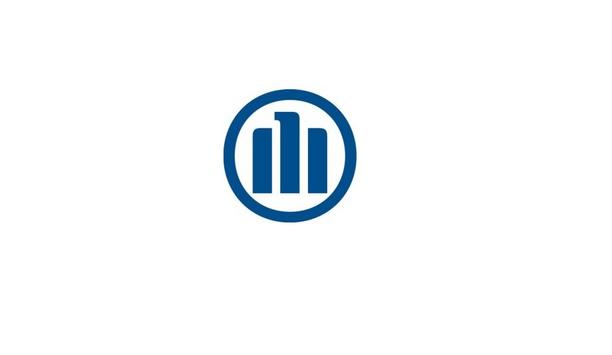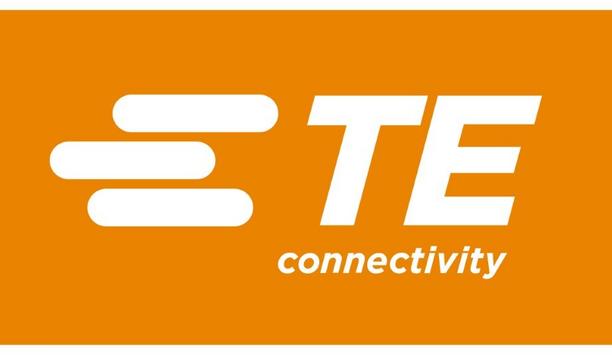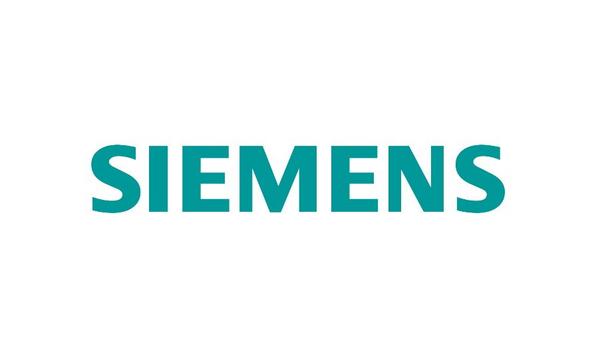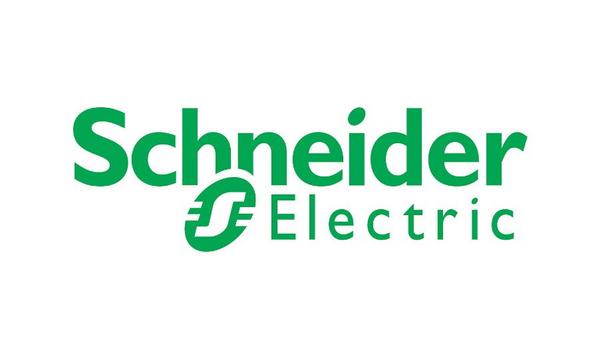Momentum continues to build behind low-emissions hydrogen amid the global energy crisis, with electrolyzer manufacturing expected to grow strongly and pilot projects proliferating in new applications such as steel and transport, a new IEA report says.
But these areas remain a small part of the overall hydrogen landscape, highlighting the need for greater policy support.
carbon capture and storage
The encouraging developments in hydrogen technologies that can support the clean energy transition include an expected sixfold increase by 2025 in the global manufacturing capacity of electrolyzers, which are needed to produce low-emissions hydrogen from renewable electricity.
Low-emissions hydrogen production worldwide in 2021 was less than 1 million tons with practically all of it coming from plants using fossil fuels with carbon capture, utilization, and storage, according to the latest edition of the IEA’s annual Global Hydrogen Review.
hydrogen technologies
Overall hydrogen demand worldwide reached 94 million tons in 2021, exceeding the previous annual high
Meanwhile, overall hydrogen demand worldwide reached 94 million tons in 2021, exceeding the previous annual high of 91 million tons reached in 2019.
Almost all of the increase last year was met by hydrogen produced from fossil fuels without carbon capture. And while demand for new applications of hydrogen jumped by 60% in 2021, the growth was from such a low base that it rose to just 40,000 tons.
Hydrogen and hydrogen-derived fuels
Hydrogen and hydrogen-derived fuels can contribute to both climate ambitions and energy security if they are produced cleanly and deployed wisely in sectors such as heavy industry and long-distance transport where they can cut emissions and replace fossil fuels.
With the global energy crisis boosting interest in low-emissions hydrogen, the pipeline of projects keeps expanding, though only a small share of the projects are under construction.
Global Hydrogen Review
The Global Hydrogen Review lays out a series of policy recommendations to build the frameworks and create the demand needed to encourage investment in low-emissions hydrogen, including in the electrolyzers and carbon capture technologies needed to produce it.
“There are growing signs that hydrogen will be an important element of the transition to an affordable, secure, and clean energy system, but there are still major advances in technology, regulation, and demand needed for it to fulfill its potential,” said IEA Executive Director - Fatih Birol.
new energy economy
The new report estimates that global hydrogen demand is set to reach 115 million tons by 2030
Fatih Birol adds, “The strong flow of announcements we now see for low-emissions hydrogen projects is yet another indicator that a new energy economy is emerging. Governments now need to implement concrete policies to remove regulatory barriers and support shovel-ready projects.”
Taking into account the current policy settings by governments, the new report estimates that global hydrogen demand is set to reach 115 million tons by 2030. If governments fully deliver on their current climate pledges, that number could rise to 130 million tons, with more than a quarter of it being met by low-emissions hydrogen. A similar amount of global hydrogen demand would be for new applications in that scenario.
new applications
Some new applications for hydrogen are showing particular signs of progress. Announcements of new steel projects are growing fast just one year after the first pilot plant for using pure hydrogen in direct reduction of iron started production.
The first fleet of trains running on hydrogen fuel cells started operating in Germany, and there are also more than 100 pilot projects for using hydrogen and derivatives in shipping. In the power sector, announced projects using hydrogen and ammonia stack up to almost 3.5 gigawatts of potential capacity by 2030.
production of low-emissions hydrogen
If all projects currently in the pipeline come to fruition, the production of low-emissions hydrogen could reach 16 million to 24 million tons per year by 2030, with more than half of it coming from electrolyzers running on renewable energy.
Completion of all the projects in the pipeline could result in the world’s capacity to produce hydrogen via electrolyzers rising to up to 290 gigawatts in 2030 compared with 0.5 gigawatts in 2021. The report suggests that based on today’s prices, renewable hydrogen could already compete with hydrogen from fossil fuels in regions that have good renewable resources and that currently rely on imported fossil fuels for hydrogen production.
Electrolyser capacity
Currently, the global capacity to manufacture electrolyzers stands at 8 gigawatts a year
Currently, the global capacity to manufacture electrolyzers stands at 8 gigawatts a year but based on industry announcements it could exceed 60 gigawatts a year by 2030.
And if electrolyzer projects in the pipeline are completed and the planned scaling up in manufacturing capacities takes place, costs could fall by around 70% by 2030 compared with current times.
Steps to reduce risk economic feasibility
The report suggests several steps for governments to reduce risk and improve the economic feasibility of low-emissions hydrogen.
They can create demand through auctions, mandates, quotas, and requirements in public procurement, and they can ensure that gas pipelines, terminals, and other infrastructure are built to be compatible with hydrogen and ammonia. Establishing international markets in hydrogen requires cooperation to develop common standards, regulations, and certifications.







